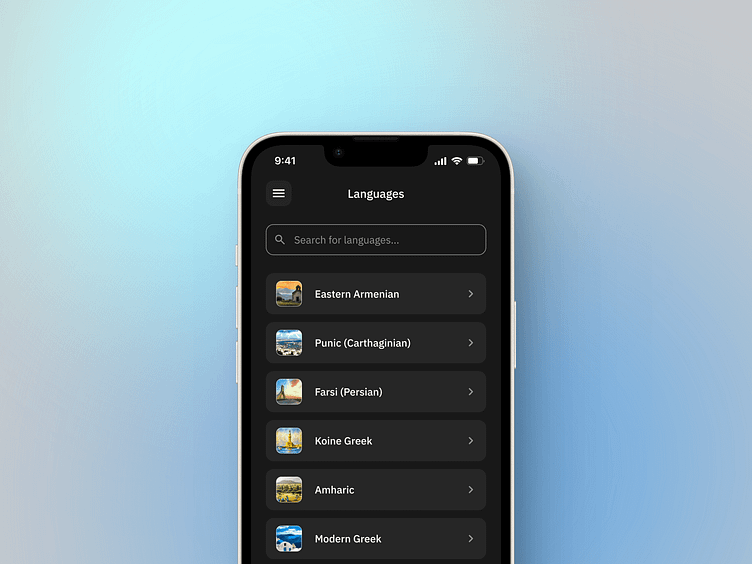Introducing an app for language preservation and revitalization
"By the middle of the next century, we will be losing our linguistic heritage at the rate of 26 languages each year—one every two weeks. If we do not tackle the problem of language loss, more than half of all languages will become extinct in the next 100 years." - The Language Conservancy
Most of the world's languages are at risk of disappearing within the next few generations. To prevent catastrophic language loss, we urgently need to prioritize language preservation, revitalization, and the creation of learning resources for endangered and less-commonly-taught languages.
This is why I'm creating Elm, an app that prioritizes building learning experiences for less-commonly-taught languages.
With Elm, my mission is to build an ecosystem to empower the world's under-served language communities. This ecosystem will start its life as a web app, and eventually expand into a mobile app if there's sufficient interest.
What makes Elm unique?
Elm prioritizes creating resources and learning experiences for endangered languages, classical languages, and less-commonly-taught languages.
Many learning programs, apps, and platforms are doing a fantastic service to learners interested English, Spanish, Chinese, and other frequently-taught languages. But I see few if any resources for learners interested in languages like Armenian, Nahuatl, Amharic, and Mongolian.
With this project, I'd like to reshape the language learning landscape by creating opportunities for people interested in learning these languages, whether they are heritage speakers, or interested in learning these languages for personal or professional reasons.
Diving deeper into Elm's learner experience (LX)
So far, I've spoken to Elm's main value proposition -- its focus on providing learning experiences for less-commonly-taught languages. Here I'll briefly touch on some unique aspects of Elm's learner experience (LX).
1. Personalized learning experiences that replace static lessons with dynamic learning scenarios
Most education apps that deliver learning content have static lessons. Whether these are videos or interactions (like multiple choice questions, etc.), typically everyone who enrolls sees the same content in the same order. And if you repeat that lesson, you get exactly the same experience each time. This consistency and predictability makes sense in some learning contexts, but it's not always the best. And it's not always going to result in a personalized learning experience.
My take on this will be a little different. Instead of static lessons, I'd like to work towards experiences that are dynamic and personalized for each user. I'm going to achieve this by building learning scenarios that will have specific learning objectives attached to them, but which will be open-ended as to what content they use to teach those objectives.
2. Fine-grained insight & tracking of what you're learning and how proficient you are with it
Some learning experiences you might be familiar with center around completing lessons and accumulating experience points. This framework leads to fun, motivating experiences. But in some cases, an emphasis on increasing your numbers, leaderboard ranks, etc. can overshadow what is actually being learned.
With Elm, the focus the be less about how many experience points you've accumulated or how many lessons you've completed. Instead, I'm prototyping ways for learners to see how much they know, where their strengths and weaknesses are, and ultimately, to help them take ownership of their learning experiences. The app will of course guide users on their learning journeys, but I would be thrilled to foster more ownership on the learner's part in their own learning journey.
3. Guided learning activities that show learning progress and learning resources specific to what you're learning at that moment
Scroll down a bit and you'll see some prototype screenshots illustrating this.



